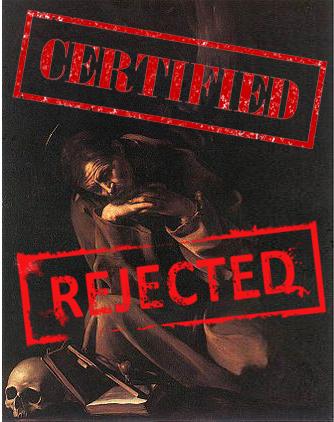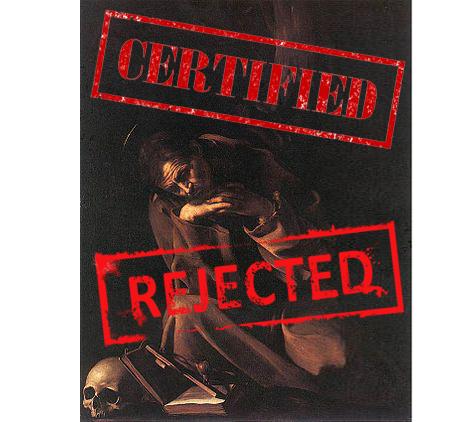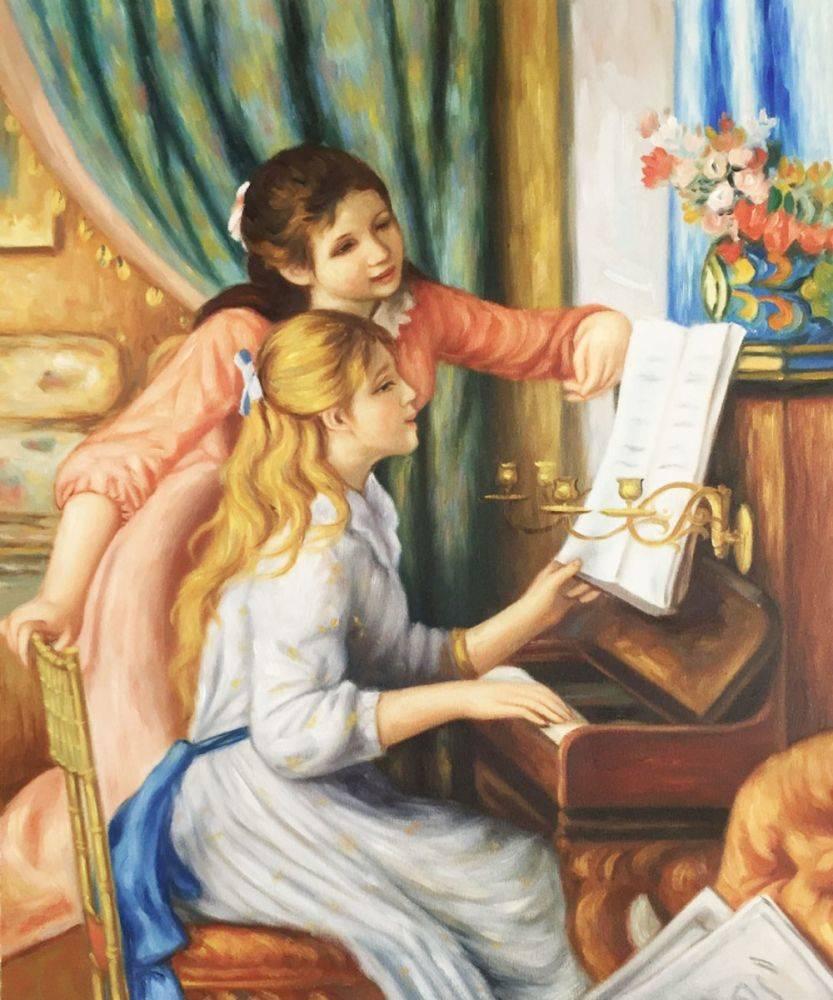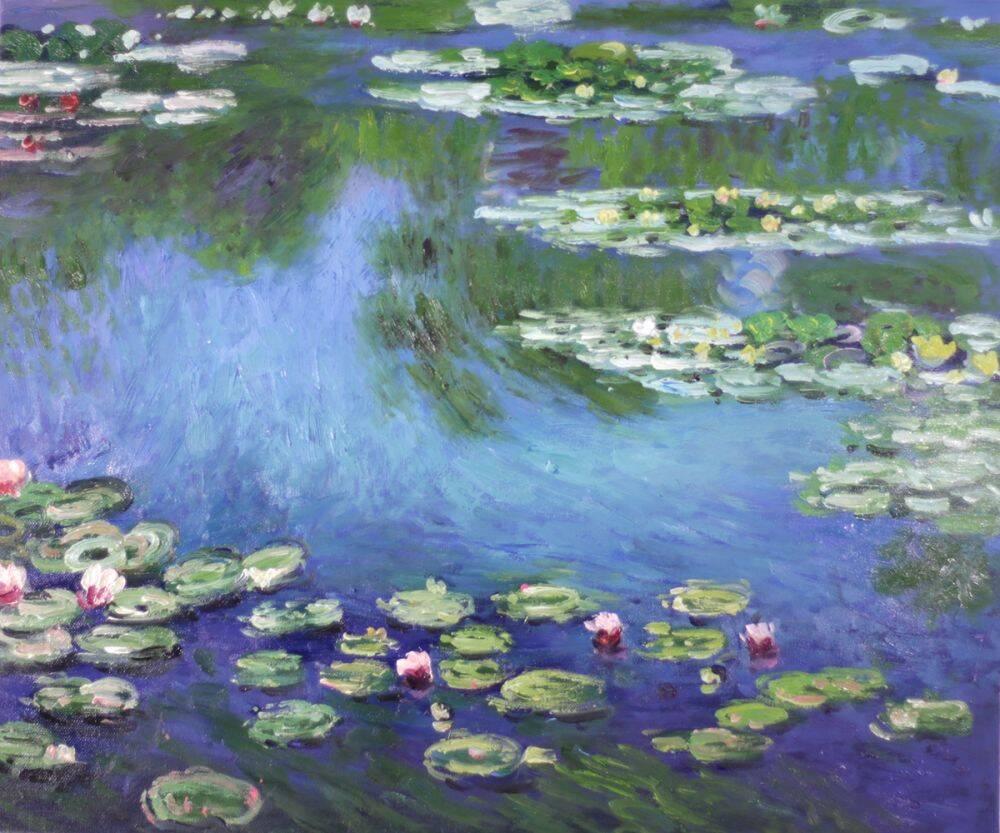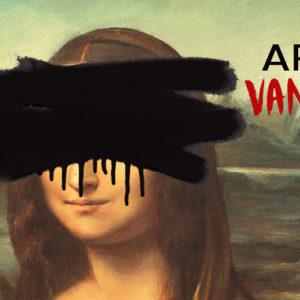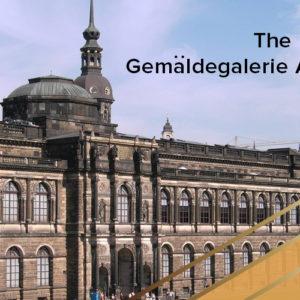Art
Art Authenticity Mysteries
Is it real, or more of a real fake? Art buyers don’t like surprises when it comes to authenticity. That said, forgeries, fakes, faux’s, and phonies abound in the art world. That makes the authentication process key in any sale, auction, or acquisition.
Recently, Rembrandt’s “Saul and David” was declared authentic. This was after decades of indecision. Cut down the center in the 19th century, the painting was defaced to be sold as two separate works. Years later it was sewn back up and displayed at the Mauritshuis Royal Picture Gallery. In the late 1960’s one of the world’s top experts of the artist’s work declared the painting a fake. So what has changed?
For eight years the museum’s curators (along with pros from Cornell University, the National Gallery of Art in Washington, the Delft University of Technology, and the Netherlands Institute for Art History) inspected and examined the painting to declare it authentic, or not. Although the state of the disputed piece is far from pristine, the experts declared the work a true Rembrandt.
With the use of technology, such as macro X-ray fluorescence analysis, authenticators are better able to scan paintings and separate the fakes from the real thing. In the case of Rembrandt, researchers were able to use this technology to take an up-close look at the pigments and disseminate original ones from those that the artist added later on. Combined with extensive examination post-restoration, the evidence pointed to the painting as a real Rembrandt that would have been started in 1645, but not completed until 1652.
Rembrandt’s “Saul and David” is far from the only artwork in question. Other famous works that have fueled the authentication debate include:
Caravaggio’s, “Saint Francis in Meditation”. With two versions of the painting, experts have questioned which one is the real deal. The first, from Rome’s Capuchin church, was first discredited in the 1940s. The second wasn’t discovered until 1968, in the small Italian town of Carpineto Romano. To date, neither has been fully discredited or authenticated; although last year a museum in Williamsburg, VA exhibited both versions side-by-side and visitors could vote on attribution.
Jackson Pollock, “Red, Black & Silver”. For half a century this painting, supposedly the last work created by the famed artist, has been contested. The painting was said to have been a love letter to Pollock’s mistress, Ruth Kligman. Kligman’s estate claimed that the painting is authentic, following forensic testing that even included comparing samples from the loafers Pollock wore on his death, some household rugs, and his backyard to the painting. That said, not all art experts agree on the validity of the findings, especially given the romantic drama and various agendas fueling the debate.
Van Gogh’s, “Sunset at Montmajour” was once in a collection belonging to Van Gogh’s brother, Theo. it was then passed down to Theo’s widow who in turn sold it to a Paris art dealer. After the dealer sold it to a Norwegian collector, inexplicably it was deemed a fake. And thus stored for nearly a century in a Norwegian attic. After a full authentication process, the painting was finally deemed a real Van Gogh in 2013.
Monet, “Bords de la Seine a Argenteuil”. For decades this painting, bearing the artist’s signature, has been in dispute. Advanced scans on the brushstrokes and signature records performed for a BBC television show, claim to prove that Monet’s signed the painting at the same time as the rest of the artwork. However, being an impressionist painting, its eventual fate may rest solely on the judgment of the powerful Wildenstein’s. A Parisian family who publish a catalog seen as the definitive whose-who of the impressionistic art world.
Picasso, “Violin and Bottle of Brass”. An early Cubist work, this once-lost Picasso was actually in the hands of a retired frame maker and basically forgotten since the late 1970s. Following an authentication process, this work was said to be real.
Interestingly, some people who have been conned into buying fakes don’t always come forward if doing so would make their names public: the embarrassing implication would be that person didn’t know enough about art to tell a real from a fake. Would you be hesitant to come forward too?
